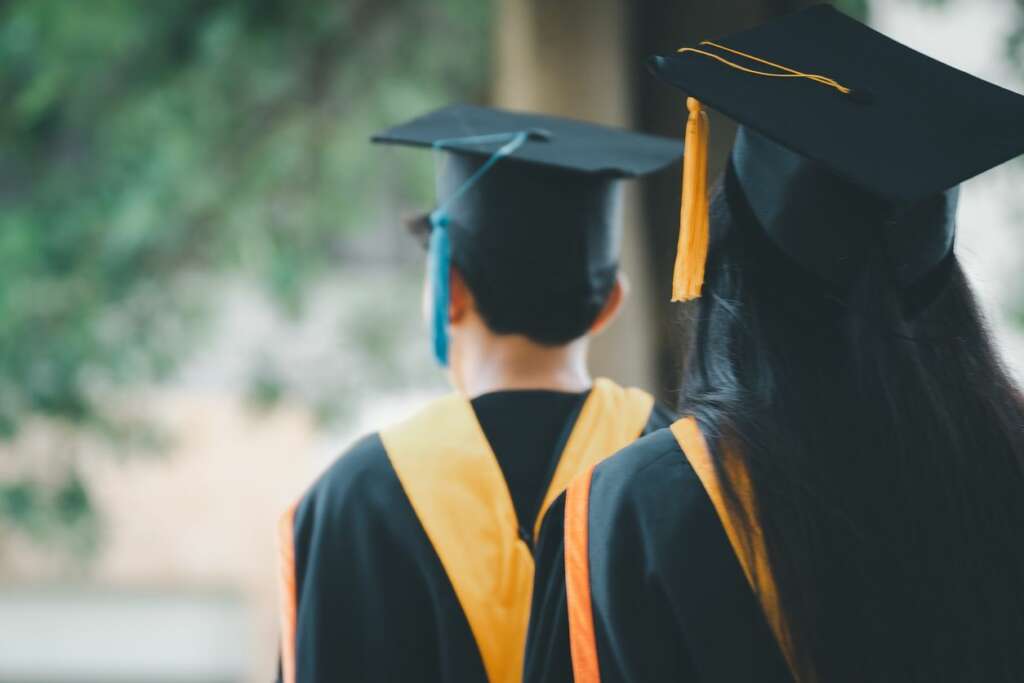
Kyra Ricci, a doctoral candidate at the University of Wisconsin Madison and her team of undergraduate collaborators from Binghamton University, set out to test ways to make science more engaging. These undergraduates were the architects behind a graphic novel, managed and graphically designed by Apurva Singh, written by Nora Hines and Christina Jacob, and illustrated by Kathleen Lu and Emma Glemboki. In the spirit of the Pixar blockbusters, this graphic novel tells a story about life from the perspective of a frog in a marsh, to highlight wetland biodiversity.
In the meantime, Ricci worked with local school teachers to examine how teaching science as a story affects engagement, knowledge, and trust for science. They developed two different lesson plans containing the same academic material: an “Art” lesson plan that incorporates the undergraduates’ graphic novel highlighting wetland biodiversity, and a ”Traditional” powerpoint lecture. Teachers were then randomly assigned the Art or Traditional lesson plan and taught their third grade students the lesson plan and followed it with a short quiz and survey of their experience.
It turns out that the use of art in the form of graphic novels led to a more positive perception of science and helped students feel more engaged than they did with a traditional lecture. On the other hand, students taught using the lecture method reported more trust in science and performed better than “Art” students on the quiz.
What this tells us is that a holistic approach implementing a mix of art and lecture-based instruction may be the most effective to both educate and engage students in science. And, Ricci reminds us that at this young age, one of the main goals for education is simply getting students engaged. “You can only do so much with one-way communication teaching: actually engaging students is the next step.”
Ricci is presenting these findings at the Society for Integrative and Comparative Biology in Austin, TX, in January 2023. And keep an eye out for part two, where they take science outside the classroom and into the scenes featured in the graphic novel.


